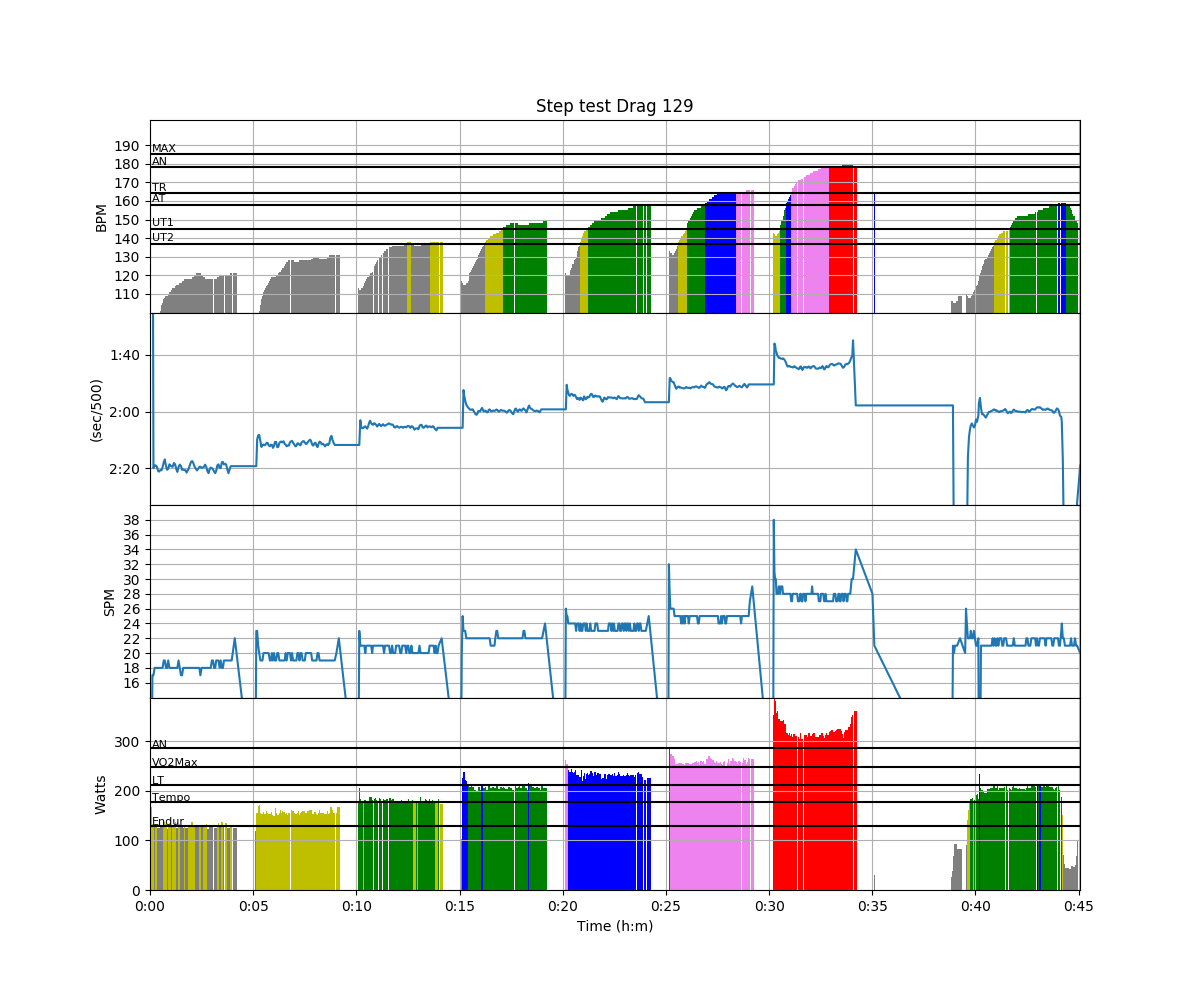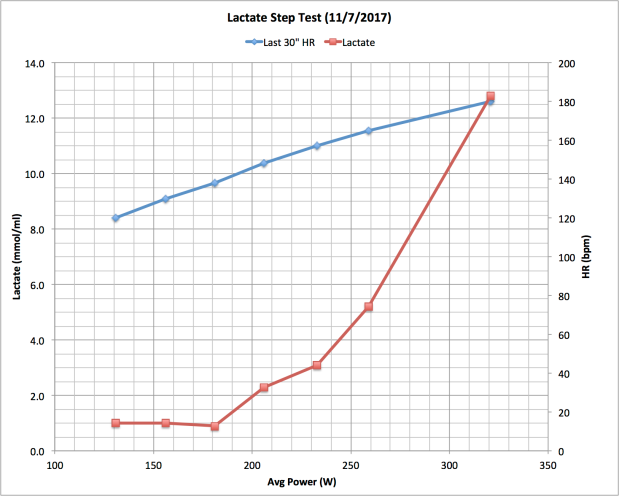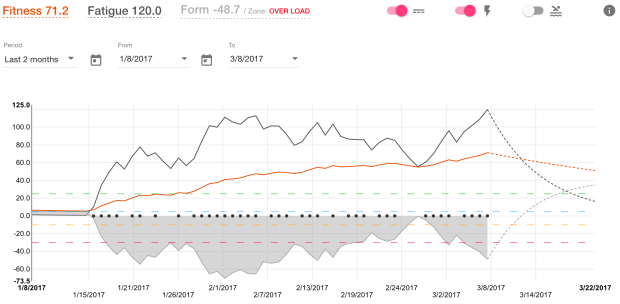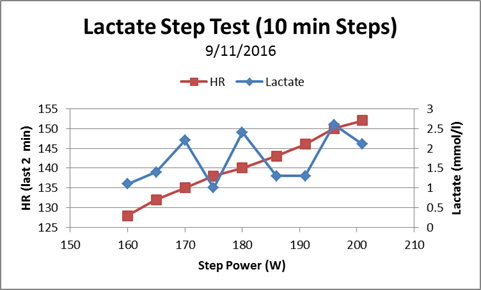I mentioned that I used the Quiske pod on my row in Thursday. Here are some of the plots from that
I took sample of about 25 strokes near the end of each interval. In each case, this part is on a part of the river that is reasonable straight.
The first and third interval had a tail wind and weere with the current. The second and fourth headwind and against the current. There was not enough wind to cause any chop, but the boat felt noticeably heavier going into it.
On the oar path diagram, I adjusted the pod to get it aligned to the horizon a bit better between the 1st and 2nd interval. That’s why the green curve is canted at an angle.
So, what can I see from these data?
Boat Acceleration
- The initial hump is too pronounced for this stroke rate. I suspect that I am opening up my body too early in the drive.
- There is a significant negative acceleration at the release, which means I am not extracting my oars cleanly.
Oar Acceleration: I don’t know how to get much out of that plot
Oar Path:
- Recovery shows a cupped shape. That shows that I am dragging my oars, and then lifting them off the water at the catch
- I am starting the drive with the oars not completely buried. Oar depth increases through the first quarter of the stroke.
- My oar depth is decreasing in last 2/3 of the stroke, which means I am washing out. I need to pull into the release higher on torso. (This will complicate cleaning up my releases)
For comparison, here are the force curves for each of the 4 sections.
Of course, right now, I hurt my back, so even putting my socks on is a struggle. Once I my better, I think it’s time to get working on drills!
































